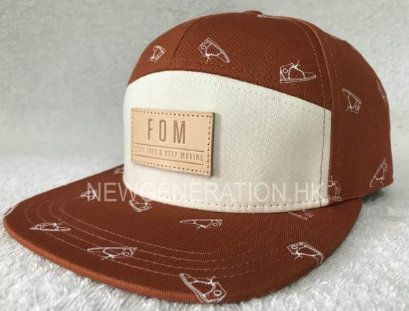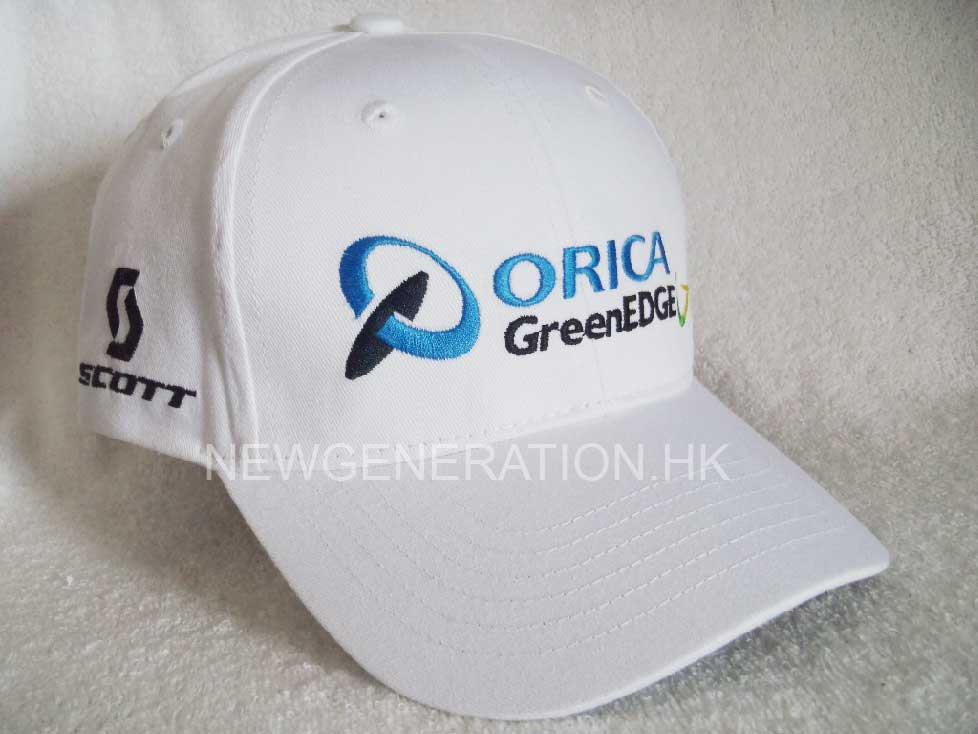From Fabric to Fashion: The Art of Cap Manufacturing and Cap Factory Operations
Be it the ceremony of Guanli, which crowned a young boy, a man in China, or Indiana Jones in her famous Fedoras, and the royals worldwide stepping out with fantastic headgear and caps have never ceased to add a hint of mystique and beauty to its user.
Since the advent of fashion trends, caps have gained popularity as headgear accessories and have become a mainstay in many people's wardrobes. With numerous cap manufacturers and cap factories in operation to meet the expanding demand for stylish and practical caps, cap manufacturing has evolved into a multistage, sophisticated process.
- A Bird's Eye View
The process of cap manufacturing begins with the design stage. Producers must stay on top of consumer preferences and fashion trends when developing. This stage also involves choosing the appropriate material for the cap, which can range from cotton or wool to leather, depending on the cap's intended use and design.
- Selection of Material
Once the material has been selected, the process moves to the cutting and sewing stage. Specialized cutting machines are used to cut the fabric into the desired shape and size, and the material is sewn together to create the cap's structure. This stage requires skilled workers who specialize in different stages of cap manufacturing.
- The Personal Touch
Cap factories also use embroidery machines to add logos, designs, or text to the cap. This stage is critical in branding the cap and adding a personalized touch to the design. Again, technology has made the embroidery process faster and more efficient, saving time and costs.
- Quality Control
After manufacturing the cap, it undergoes quality control checks to ensure it meets the manufacturer's specifications. In addition, the caps are checked for defects, such as stitching errors or color discrepancies, to ensure they are of high quality and meet the desired standards.
Conclusion
To stay relevant, cap manufacturers and cap factories must keep up with the latest fashion trends and consumer demands. In addition, they need to ensure that their production methods are environmentally sustainable and socially responsible.





